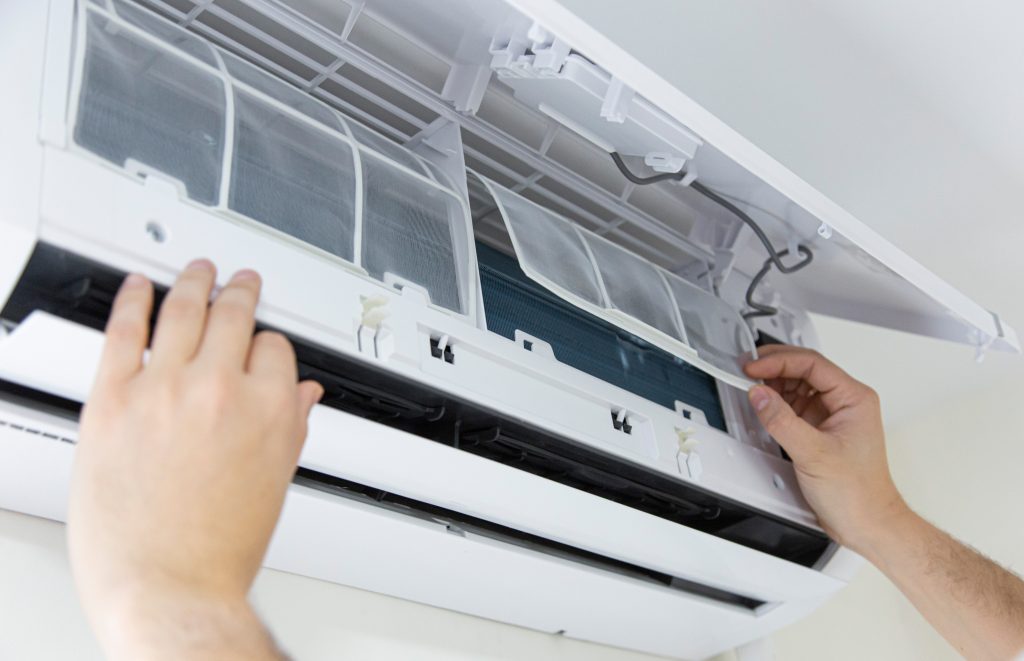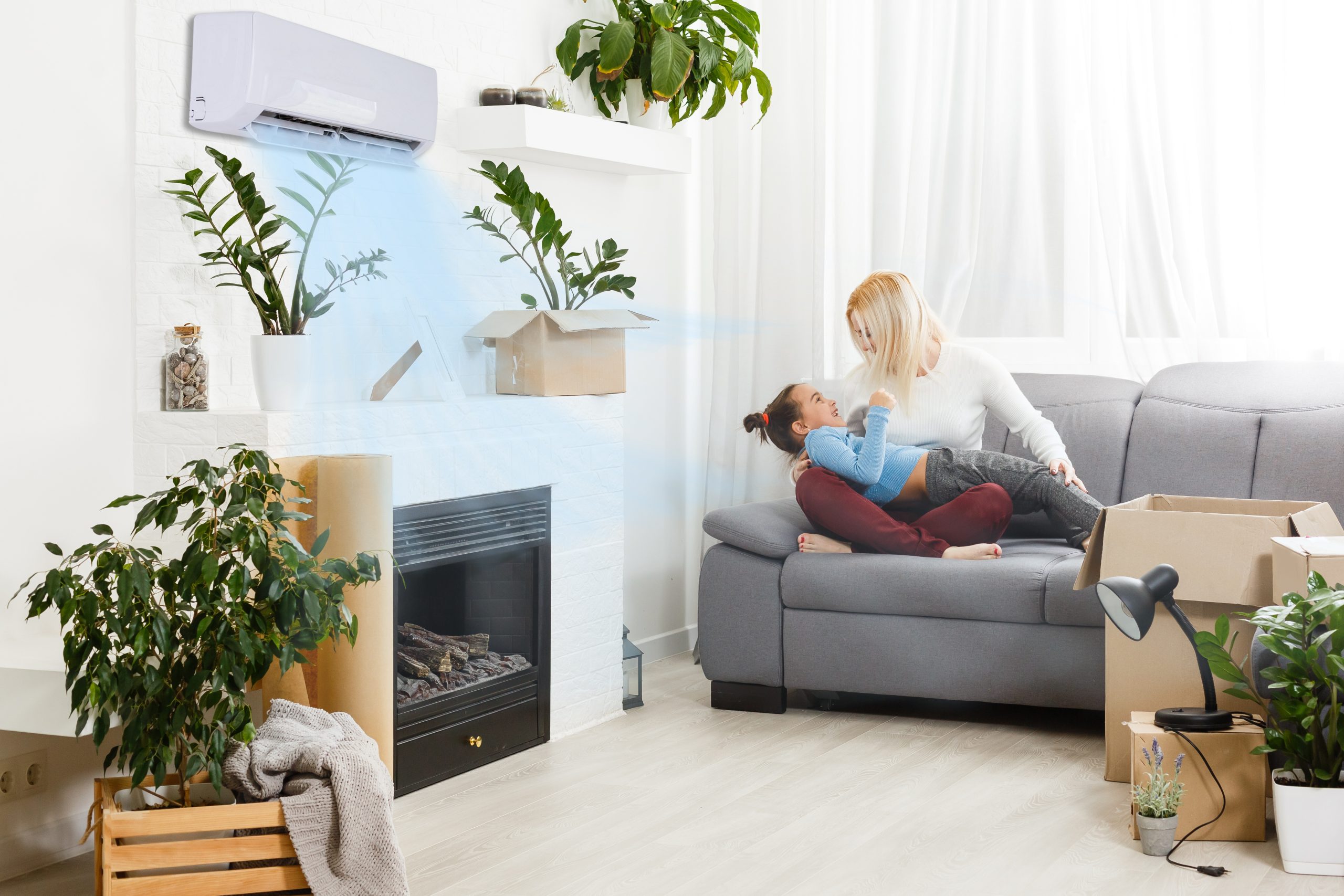Poor indoor air quality can trigger various health problems, from allergies and asthma to respiratory infections and cancer. And many people don’t understand that the air inside their homes can be just as bad, if not worse, than the air outside.
So, how can you improve the air quality in your home and keep your family healthy? Here are a few tips:
1. Change The Air Filters Regularly

Your AC plays a significant role in maintaining good indoor air quality unless you believe in sitting on a sofa in a patio. One of the simplest things to improve air quality is regularly changing your air filters. If you have pets or allergies, it’s crucial to change your filters often to keep those allergens out of the air.
Replacing the old air filters is an easy way to keep your home’s air clean and healthy. It’s recommended that you get the right size filter for your unit and change it every two months or so, depending on the type of filter you have. As mentioned at https://filterking.com/air-filter/merv-8, the MERV 8 air filters are great for capturing large particles like pet hair and dust, so it might be a good idea to invest in a few of those:
2. Invest In A Good Quality Air Purifier
An air purifier is an excellent investment that is worth every penny. Not only will it improve the air quality in your home, but it can also help to reduce allergies and asthma symptoms. There are different models and designs on the market, so be sure to research and find one that fits your specific needs.
While at it, make sure to invest in a purifier that has a high Clean Air Delivery Rate (CADR) rating to ensure that it is effective at removing pollutants from the air. By so doing, you and your family can breathe a little easier.
3. Let Some Fresh Air Flow In
While it’s not ideal to let all the conditioned air escape your home, opening the windows once in a while can help freshen things up and circulate new air inside. It is important, especially if you have pets or someone in your home who smokes. On this, you can consider picking the perfect windows for your home and climate.
4. Get Rid Of Clutter
Clutter not only looks terrible, but it can also make your home feel cramped and uncomfortable. By getting rid of clutter or arranging things in proper cabinets, you’ll create more space (and thus better airflow), and you’ll also get rid of any dust and dirt that may be lurking in your home.
You can set aside a day or two to declutter your home, or you can take it one room at a time. Just be sure to do away with anything you don’t need or use regularly.
5. Minimize Dust Mites
Dust mites are tiny animals that live in warm, humid environments. They feed on human skin cells and cause asthma and other respiratory problems. To eliminate the dust mites in your home, keep your house clean and dry. Vacuum weekly and use a damp cloth to wipe down surfaces regularly. Bedrooms are a particularly high-risk area for dust-mite infestations, so make sure to wash bedding in hot water at least once a week.
6. Avoid Smoking Indoors
Smoking is a leading cause of indoor air pollution and can harm your health. If you must smoke indoors, do so away from windows and doors to avoid blowing smoke into the home.
If possible, quit smoking altogether. Not only is it bad for your wellbeing, but smoking also leaves a residue on furniture and walls that can pollute the air.
7. Keep Your Rugs And Carpets Clean
Rugs and carpets are notorious for trapping dirt, dust, and other allergens. When these allergens are left to accumulate, they can cause problems for your indoor air quality. Vacuum your carpets and rugs regularly, at least once a week.
If you have pets, be sure to clean up their hair and dander regularly. Pet hair is one of the primary sources of allergens in homes. An excellent way to reduce pet dander is by keeping your pet groomed and brushed often.
Another way to keep your carpets clean and free of allergens is by using a rug or carpet cleaner. It will help do away with any dirt or dust that may have built up over time.
8. Get Some Houseplants
Houseplants are ideal for improving indoor air quality because they act as natural filters, removing air pollutants. Not all plants are created the same, though, so be sure to research before purchasing one. Fortunately, the National Aeronautics and Space Administration (NASA) has a list of the best plants for purifying the air. Some of the best plants for removing formaldehyde include the Boston fern, English ivy, and peace lily.
Final Word
Nothing is as good as breathing in the fresh air, and fortunately, there are many ways to make the quality of air in the house better. By following the tips outlined in this article, you can make your indoor environment healthier for you and your family.

